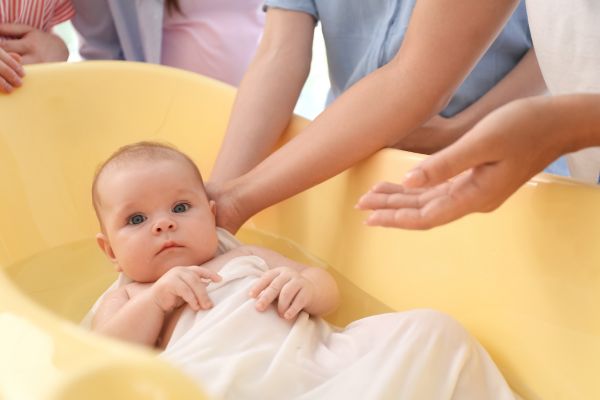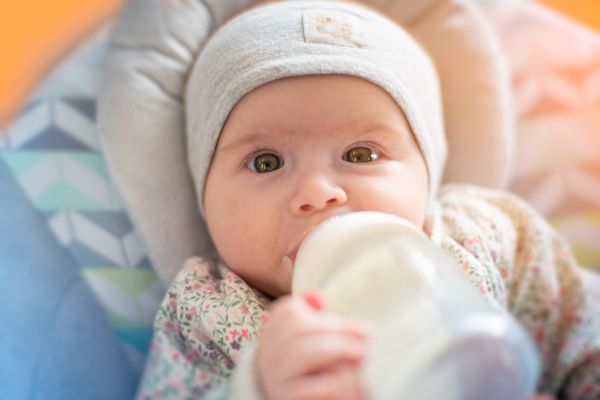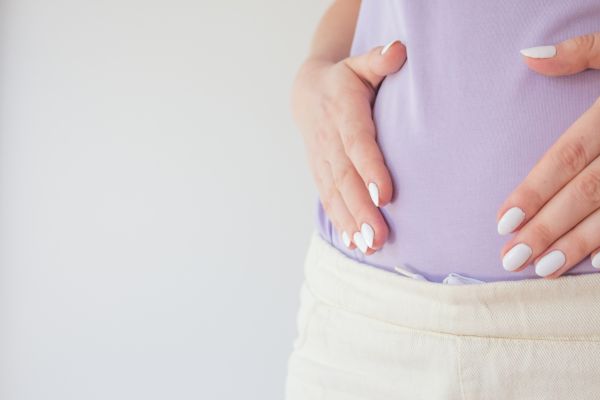How to choose the right baby carrier
You may think it’s impossible to keep your baby close enough that you can get things done while also keeping yourself warm. With a baby carrier, you don’t need to choose one or the other. You can leave your hands free to do the rest. The baby carrier keeps your baby close by your body.
Do You Really Need a Baby Carrier?
Many Babylist parents believe it is their most important item of baby gear. Carriers offer tons of benefits including:
The baby-holding chores are done with your hands and arms.
You can do other things while your baby is still close.
When you are physically close to your baby, you get an increase in oxytocin (the lovehormone). This can promote bonding and help with anxiety and postpartum depression.
It’s possible to get around the hassle of carrying a stroller on public transportation or in your trunk.
It is much easier to navigate crowds in a baby carriage than with a stroller.
Research shows that babies who are carried for at least three hours a days cry 43% less over all and 54% less in the evening.
Tips for choosing a baby carrier
There are many baby carriers available, so it can be difficult to narrow down your choices. This article will help you:
Life expectancy: You’ll need a carrier that can hold a greater weight and that faces forward if you want it to last into your toddler years. Do you only want it for your infant? One that allows for cuddling is a good choice.
Comfort This applies both to you and your baby. Any carrier should have a seat that allows your baby to rest in an “M” position. Think about how much shoulder and back support you’ll require. For those who plan to wear your baby for many hours, padded shoulder straps are essential.
Fit Some carriers will adapt easily to the bodies of different caregivers, while others may need to be sized perfectly to one person. If you are sharing your carrier with another person, this matters.
It’s easy to put on a wrap. Wrapping involves several steps. Ring slings and soft-structure carriers are simpler to put on. Before making a purchase, be sure to review the instructions for the carrier. Wraps and soft-structured carriers tend to be too bulky, so wraps or slings can often be put into a diaperbag.
Climate Lightweight fabrics, breathable mesh and padding are ideal for warmer climates. Heavy knits and padding are better for colder temperatures.
Caring: Babies get messy (hello: spit up and drool), however, not all carriers can easily be machine washed. Refer to the label for washing instructions.
What types of baby carriers are there?
There are three options for baby carriers. Remember that older babies and newborns have different needs when shopping for baby carriers. The newborn needs to feel secure and close to their parents, while the older baby needs to see the world and stretch their legs.
Many families have two carriers. One is for the newborn stage and one is for toddlers or older. Some families choose to have one carrier that is adjustable for different ages.
Wraps
Wraps are long rectangles of fabric that you wrap around yourself or your baby to create a carrier. Learn more about wraps.
The wrap-like design mimics the feeling of the womb which is what newborns love.
Babies older than 18 months old may find the confines restrictive.
You will need to watch a few YouTube videos in order to learn how you can properly origami these fabric folds.
They come in one size fits all and can easily be adjusted to suit different body types.
For certain qualities like:
- The Moby is lightweight, and suitable for summer months.
- Boba is thicker than other wraps, which is great for babies growing heavier.
- The Solly Baby has a soft, breathable feel and is available in many colors and prints.
- Baby K’tan can do some of your wrapping, but you will need to choose a specific size.
Structured Carriers
While soft structured carriers are typically designed for older babies in mind. Some can be modified for newborns using extra padding and adjusting the straps. These are the most important facts about soft structured carriers.
- Although they may not be as cozy as wraps but are easier to put on,
- If you are carrying an older or heavier baby, carry a car with padded straps and belts.
- They can be used right from birth without the need to insert an extra one.
- Certain carriers provide a forward-facing option for curious infants who wish to see out.
- Carrying your baby longer can be possible with higher weight limits.
Note The average height of a five-year-old child is 41 pounds. These carriers should be sufficient to keep your child safe until they are able to walk or use a stroller.
Be aware: When looking for a soft, structured carrier, ensure that it sits high enough to touch their tops. This is the best position. A wide, adjustable or adjustable seat is a must. It distributes the baby’s body weight and helps keep their hips healthy during growth.
Ring Slings
Slings are made of one piece, which is worn across your body. The fabric then loops through two rings that you have on your shoulder. It creates a pouch that your baby can sit in.
They are ideal for hotter climates as they allow for some air flow.
They are simple to use.
They don’t evenly distribute weight. All the pressure is on you.
Most slings are not machine washable because of their warp properties.
You can choose the right carrier for you. There are so many options. This is great because there is something to suit everyone. However, it can also be overwhelming. You might have a feeling for which type of carrier you should be looking at. All carriers offer exactly what your baby is looking for: Being super close to you.


